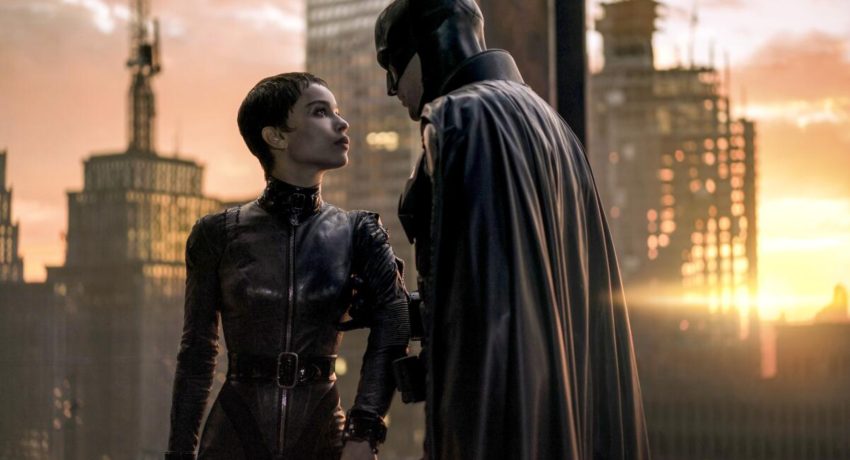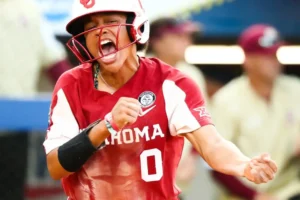Batman, the Dark Knight, has been a cinematic icon for decades, captivating audiences with his brooding demeanor and crime-fighting prowess. From the campy Adam West era to the gritty realism of Christopher Nolan’s trilogy, the Caped Crusader has undergone various cinematic incarnations. Let’s delve into the extensive catalogue of Batman movies, tracing the evolution of this beloved superhero on the silver screen.
The Early Years: Batman on Film
The early years of Batman on film trace the iconic superhero’s journey from the comic book pages to the silver screen, showcasing his transformation into a global cultural phenomenon. Batman made his first film appearance in the 1940s, during the era of serials, with Batman (1943) and Batman and Robin (1949). These low-budget productions were relatively simple compared to what the character would evolve into, but they marked the first live-action portrayals of the Caped Crusader.
The character, created by Bob Kane and Bill Finger in 1939, had already become popular in comics, and his cinematic debut sought to capitalize on this rising interest. However, these early adaptations portrayed Batman as more of a straightforward crime-fighter, lacking the psychological depth and darker tone that would later become defining characteristics of the character.
The 1960s brought a significant shift in Batman’s film representation, largely influenced by the popular television series starring Adam West. The 1966 Batman film, based on the campy and colorful TV show, was a tongue-in-cheek portrayal of the character, far removed from the brooding Dark Knight many know today.
This era of Batman on film emphasized humor and light-heartedness, with exaggerated villains and a bright, cartoonish aesthetic. While it was commercially successful and is still beloved by many for its nostalgic charm, it presented Batman as a character more aligned with fun and absurdity rather than the grim and serious figure he would later become.
The early years of Batman on film laid the groundwork for what would eventually be one of the most lucrative and influential superhero franchises. Despite the initial simplicity and lighter tone, these early films contributed to Batman’s growing popularity, setting the stage for the character’s evolution into the darker, more complex hero that emerged in the late 1980s and beyond.
In the 1960s, Batman made his theatrical debut in “Batman: The Movie” (1966), starring Adam West as the titular character. Known for its campy humor and colorful aesthetic, this film set the tone for Batman’s portrayal in popular culture. Despite its lighthearted approach, the movie became a cult classic and paved the way for future adaptations.

The Tim Burton Era: Gothic Revival
Director Tim Burton revitalized the Batman franchise with his dark and atmospheric vision in “Batman” (1989) and “Batman Returns” (1992). Starring Michael Keaton as the brooding vigilante and Jack Nicholson as the iconic Joker, these films introduced a darker, more nuanced portrayal of Gotham City. Burton’s gothic aesthetic and psychological depth left a lasting impact on the superhero genre.
Joel Schumacher’s Take: Campy Excess
In the late ’90s, Joel Schumacher took the helm of the Batman franchise with “Batman Forever” (1995) and “Batman & Robin” (1997). Departing from Burton’s darker tone, Schumacher embraced a campier, more flamboyant style, characterized by vibrant colors and over-the-top villains. While these films divided critics and audiences, they contributed to the cultural legacy of Batman.
The Nolan Trilogy: Realism and Depth
Director Christopher Nolan redefined the Batman mythos with his groundbreaking trilogy: “Batman Begins” (2005), “The Dark Knight” (2008), and “The Dark Knight Rises” (2012). Starring Christian Bale as the conflicted hero and Heath Ledger’s mesmerizing portrayal of the Joker, Nolan’s films explored themes of fear, morality, and the nature of heroism. Praised for their gritty realism and complex characters, the trilogy elevated the superhero genre to new heights.
Modern Era: Diverse Interpretations
In recent years, Batman has continued to evolve on screen, with diverse interpretations and standalone stories. Films like “Batman v Superman: Dawn of Justice” (2016), “Justice League” (2017), and “The Batman” (2022) have explored different facets of the character, from his role in a larger superhero universe to intimate character studies. With upcoming projects in development, including spin-offs and animated features, the legacy of Batman on film shows no signs of slowing down.
In conclusion, the Batman film series spans multiple decades and interpretations, each contributing to the rich tapestry of one of pop culture’s most enduring icons. Whether you prefer the campy charm of the ’60s or the gritty realism of Nolan’s trilogy, there’s a Batman movie for every fan to enjoy.

Ghoomer Movie
“Ghoomer” is a cultural phenomenon in Indian cinema, blending elements of romance, drama, and tradition into a captivating narrative. Ghoomer Movie Set against the backdrop of Rajasthan’s vibrant landscapes, “Ghoomer” follows the journey of a spirited young woman as she navigates love, family, and societal expectations. With its evocative storytelling and mesmerizing dance sequences, “Ghoomer” has captured the hearts of audiences worldwide, cementing its place as a beloved classic.
Arijit Singh Fees Per Song
Arijit Singh, with his soulful voice and emotive performances, has become a household name in the Indian music industry. Renowned for his versatility and ability to evoke raw emotion, Singh commands top billing in the world of playback singing. Arijit Singh Fees Per Song While his fees per song remain undisclosed, industry insiders speculate that Singh commands a substantial sum for his talent and star power. With numerous chart-topping hits to his name, Singh’s value as a singer and performer is undeniable, making him one of the most sought-after artists in the industry today.











